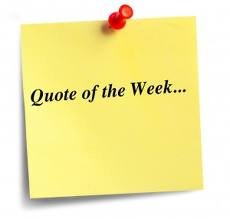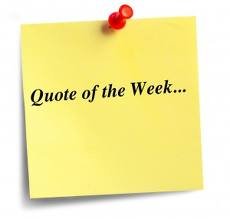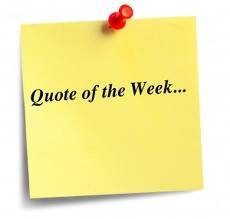Lean Quote: Closing the Knowing–Doing Gap
- Lean Quote
- October 17, 2025

On Fridays I will post a Lean related Quote. Throughout our lifetimes many people touch our lives and leave us with words of wisdom. These can both be a source of new learning and also a point to pause and reflect upon lessons we have learned. Within Lean active learning is an important aspect on
READ MORE
Each year on Memorial Day Americans pause to remember the fallen and honor their sacrifice. For Memorial Day the one thing that matters most is sacrifice. Memorial Day originally began as a day of remembrance for soldiers who had died fighting in the Civil War, and over time the day has grown to honor all
READ MORE
On Fridays I will post a Lean related Quote. Throughout our lifetimes many people touch our lives and leave us with words of wisdom. These can both be a source of new learning and also a point to pause and reflect upon lessons we have learned. Within Lean active learning is an important aspect on
READ MORE
Remote work has long been heralded as one of the greatest perks that an employer can offer their staff. The ability to work from any location, avoid a commute, and maintain flexible hours can all be beneficial. However, remote work also has its downsides. It can be particularly difficult to maintain communication, community, and productivity.
READ MORE
In recent years, several training simulation games have been developed by academic and industry experts to support the teaching and learning activities of Lean philosophy. Using simulation games to teach Lean philosophy is an effective tool to convey the concepts. Games use multiple communication means and create engagement. More importantly, they help people to memorize
READ MORE
On Fridays I will post a Lean related Quote. Throughout our lifetimes many people touch our lives and leave us with words of wisdom. These can both be a source of new learning and also a point to pause and reflect upon lessons we have learned. Within Lean active learning is an important aspect on
READ MORE


